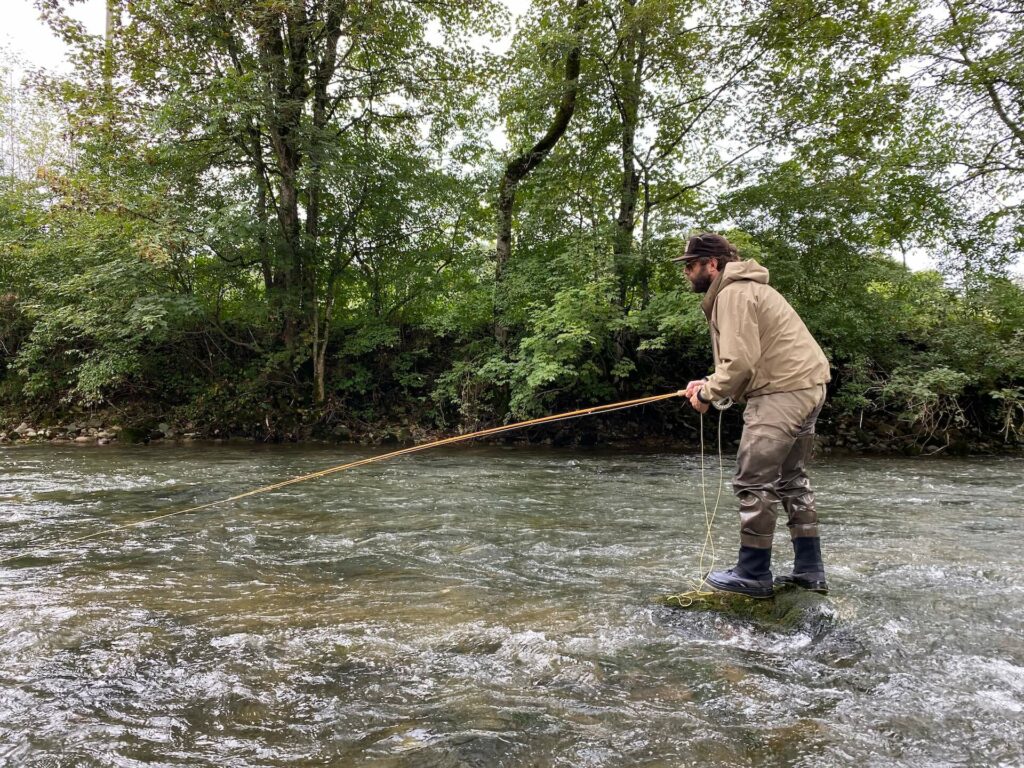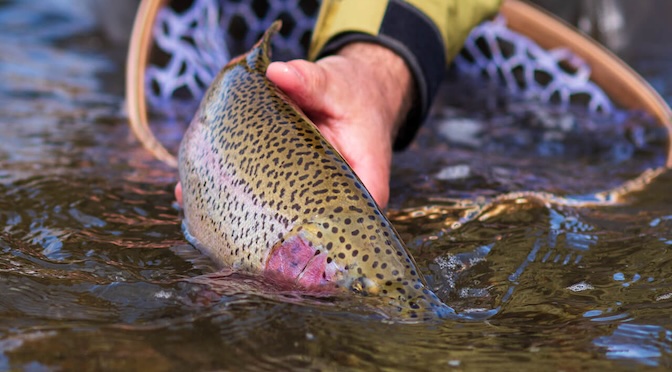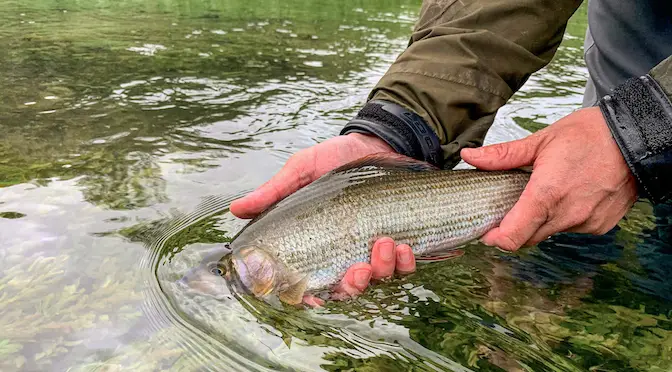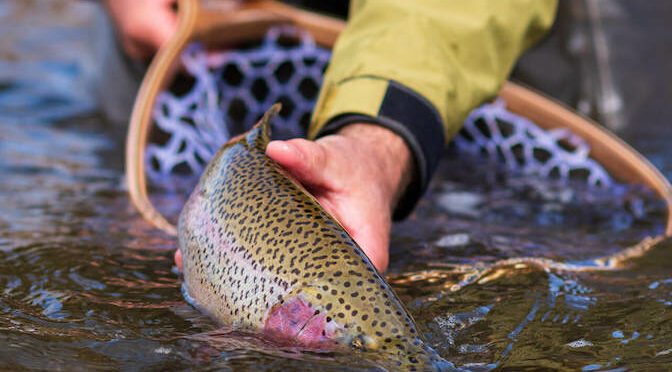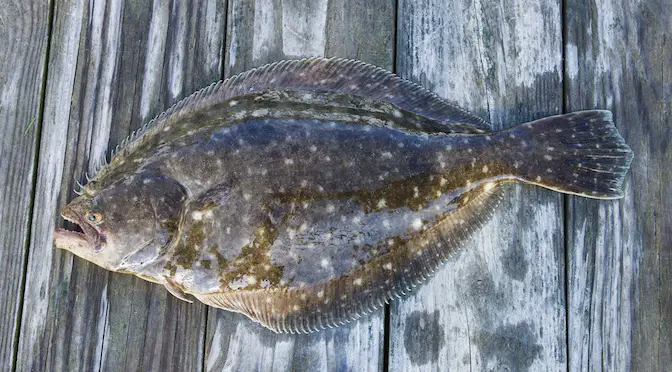Last updated on January 12th, 2024.
- On the Water with the Korkers Bantam Lite - June 26, 2025
- How to Find Trout in Rivers & Streams Anywhere - June 13, 2025
- Educating the Next Generation of Salmon Anglers - June 4, 2025
In the fast-paced world of fly fishing, high-tech materials dominate.
But in recent years, fiberglass fly rods have quietly staged a remarkable comeback, captivating anglers with their nostalgic charm and modern performance. Understanding the history, strengths, and limitations of fiberglass in comparison to other materials is key to appreciating its resurgence.
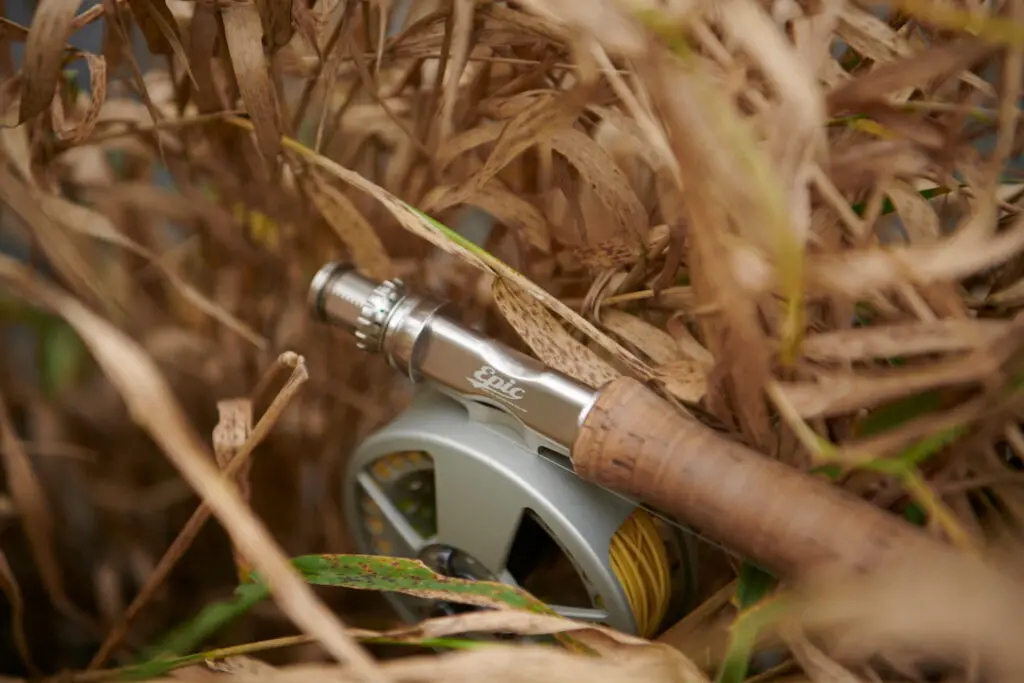
History Unveiled: Fiberglass in Fly Rods
The roots of fiberglass in fly rods trace back to the mid-20th century when manufacturers embraced the material for its flexibility and affordability. Early fiberglass rods were synonymous with slower actions, perfect for delicate presentations in smaller streams. However, the advent of graphite and carbon fiber in the 1970s and 1980s led to fiberglass being overshadowed by these lighter and faster alternatives.
Pros and Cons of Fiberglass
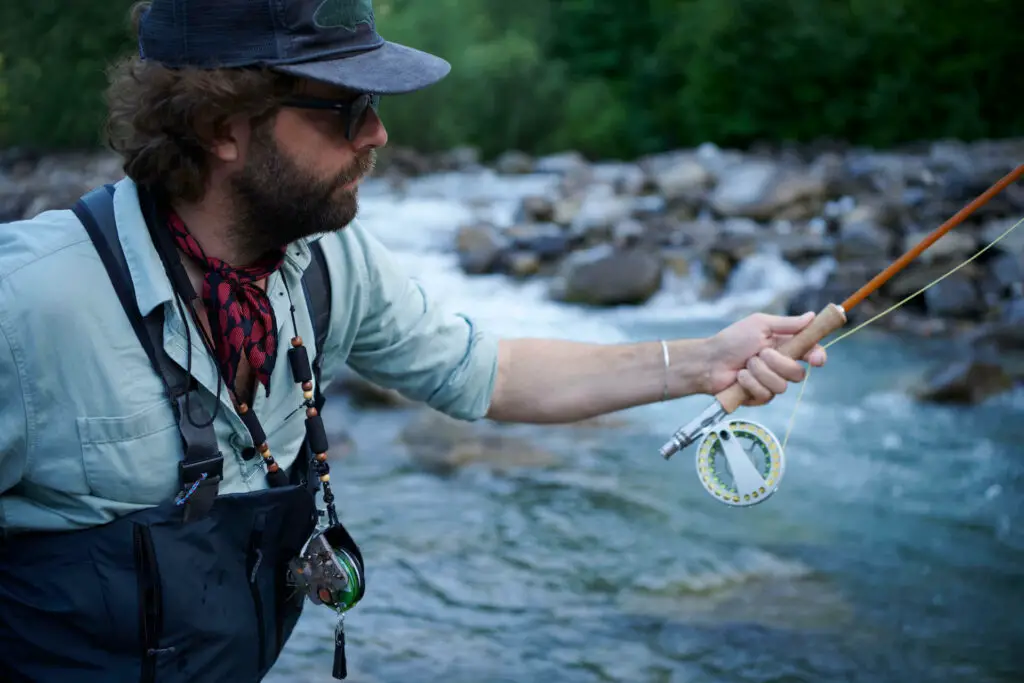
Fiberglass fly rods possess unique characteristics that set them apart. They are renowned for their smooth action, making them ideal for presenting dry flies with finesse. Their flexibility aids in absorbing the shock of fighting fish, reducing the risk of tippet breakage. On the flip side, fiberglass rods are generally heavier and slower than their graphite counterparts, which can impact casting distance and line speed.
Since most modern day rods are fast action (or medium-fast) this has somewhat become the standard. Hence, most people still think that glass is slow and “boring”. I admit it, I was under that impression at first as well. But since building my own glass rod with the Epic rod building kit I was pleasantly surprised of the performance. I think these glass sticks are a great choice for smaller streams and creeks but nowadays you can even fish for strong saltwater species with glass rods.
Comparing Materials: Graphite, Carbon Fiber, and Bamboo
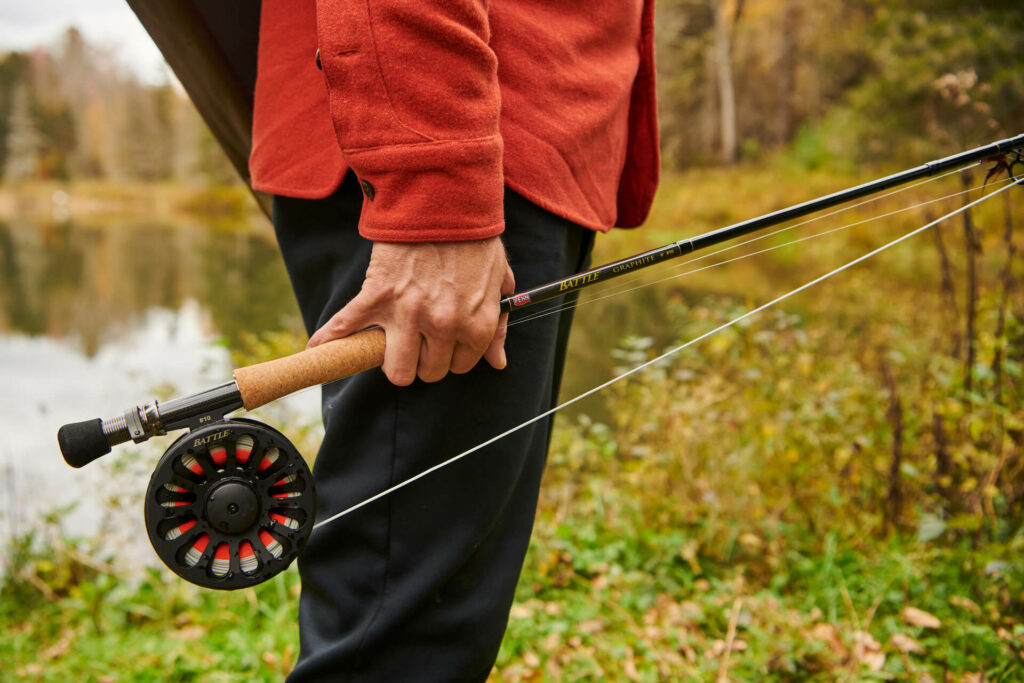
Graphite and carbon fiber rods dominate the contemporary fly fishing scene, offering lightweight, high-performance options. Graphite excels in providing sensitivity and fast action, making it a favorite for diverse fishing scenarios. Carbon fiber, often used in higher-end rods, combines strength and lightness, catering to anglers seeking precision and power. Bamboo, a classic material, appeals to those who appreciate craftsmanship and a slower, more traditional action.
The Fiberglass Renaissance
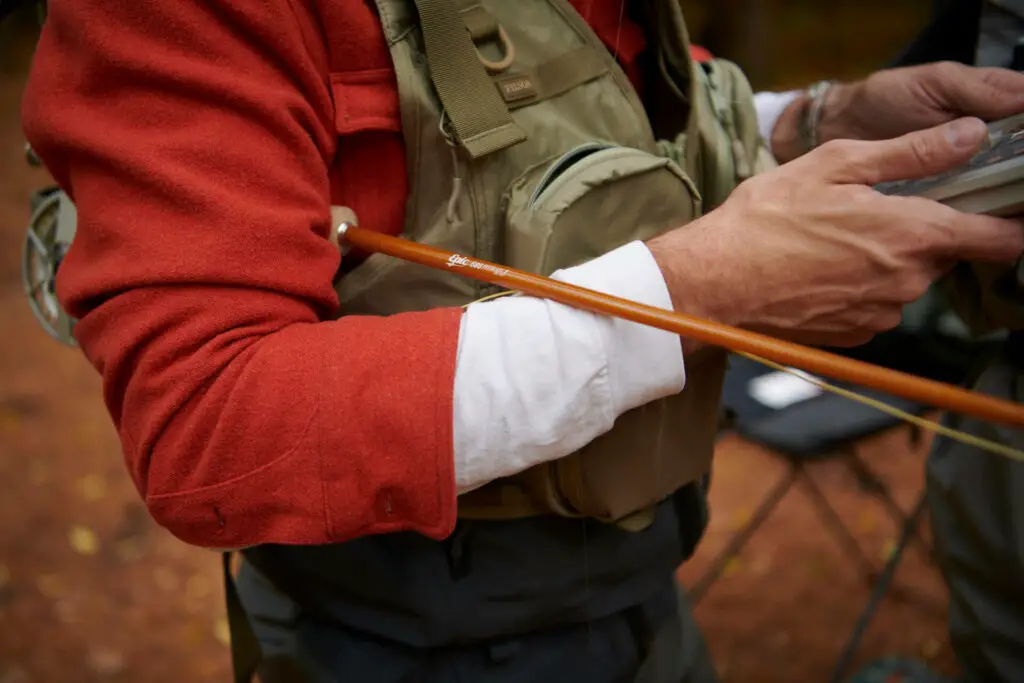
Recent years have witnessed a renaissance of fiberglass fly rods, fueled by a growing community of anglers seeking a different fly-fishing experience. Modern fiberglass rods have evolved, maintaining the beloved slow action while shedding weight through advanced materials and construction techniques. Anglers are drawn to the nostalgia and relaxed feel of fiberglass, finding joy in the simplicity of casting and the connection it fosters with the fishing experience.
Final Thoughts on Fiberglass Fly Rods
As you can see, glass fly rods are making a comeback. In my eyes, they definitely have their place in a fly fisherman’s arsenal. Are they your every day allrounder go to fly rod? Probably not. Are they something special that can make you a better fly fishermen? I think so. Their slightly slower action will force you to temper your casting stroke and develop a good pace. Personally, I have become a fan of glass and I encourage you to give it a try. Good thing is, there is a option now for every budget since all major brands have glass in their lineup.
The Redington Butter Stick is a good entry level glass rod. The Orvis Superfine Glass rod is a solid mid-range choice and Epic Boca Grande is a saltwater workhorse. These are just a few options out there. If you want to dive deeper into the topic of fiberglass rods, make sure to read our “Guide to the Best Fiberglass Rods“.
FAQs: Fiberglass Fly Rods
How did you choose fiberglass over other materials?
Fiberglass, for me, is a deliberate choice for its unique feel and slower action. It’s a nod to the traditional fly-fishing experience that I find deeply enriching.
Can fiberglass rods handle the challenges of diverse fishing scenarios?
Absolutely. While they excel in smaller streams and dry fly presentations, modern fiberglass rods are versatile enough to handle a variety of fishing scenarios.
Do you feel a significant difference in weight between fiberglass and other materials?
Yes, fiberglass rods are generally heavier, but advancements in technology have produced lighter options that balance tradition and modernity.
How does fiberglass enhance the fight with larger fish?
The shock-absorbing qualities of fiberglass make it an excellent choice for a more enjoyable and forgiving fight, reducing the risk of breaking off during intense battles.
Is the slower action of fiberglass a hindrance in certain situations?
While it may not be ideal for long-distance casting in windy conditions, the slower action of fiberglass adds to the relaxed and engaging casting style that many anglers cherish.
Our expertise: Leonard Schoenberger and his team spend countless days each year on the water, testing and reviewing the best new gear for you. Their goal is to help you learn about fly fishing and explore pros and cons of certain gear in order to make a better purchase decision and ultimately become a better fly fisherman or woman.

